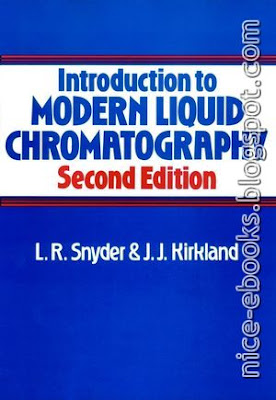
This handbook has the following distinctions:
• The importance of resolvability (Fogassy’s parameter), which permits the direct comparison of the efficiencies of independent resolution procedures, is emphasized, and its definition is thoroughly explained throughout the text.
• There are clear explanations of the mechanism and kinetics, including the equilibria between a racemate and a resolving agent in a solution and between a solution and a crystal not only for resolutions using an equimolar amount of resolving agents, but also for resolutions employing half the amount of resolving agent and for resolutions under immiscible two-liquid-phase conditions with concrete examples.
• There are very valuable lists of commonly used acidic and basic resolving agents (50 of each), along with their physical data, CA number, and catalog numbers.
• Structural modification of a resolving agent and the correlation between the resolvability and the structures of a racemate and a resolving agent are exemplified.
• The definite methods for the selection of a suitable resolving agent for a given racemate are presented.
• There are explanations on the optimization of parameters (solvent, initial concentration, and temperature), initiation of crystallization, separation of crystals/liquid, improvement of the optical purity of the first-generation salt, recovery of components, and enantiomeric enhancement.
• Several modified methods for optical resolution by diastereomeric salt formation are presented with definite examples.
• There are short summaries of 4000 resolutions by diastereomeric salt formations; these are invaluable for researchers and others who want to resolve an unknown racemate.
Thus, this handbook serves as a companion book for researchers, engineers, and graduates who are working on or who intend to work on the optical resolution of racemates by diastereomeric salt formation. In addition, this handbook will contribute significantly to further progress in the field of optical resolution of racemates by diastereomeric salt formation.
Download Link:
http://rapidshare.com/files/85933445/Optical_Reso_Diaste_Salt_For.zip
 This book covers the regulatory process for getting pharmaceuticals, biologics, and medical devices approved. It examines the pertinent aspects of the Federal Food, Drug and Cosmetic Act as it applies to human drug and device development, research, manufacturing, and marketing. Topics include: the drug approval process, Current Good Manufacturing Practices, Good Clinical Practices, Quality System Compliance and the corresponding documentation requirements, and FDA inspection processes and enforcement options. Although many references exist on this subject, this one is written in a general prose style that makes it useful to both students and professionals.
This book covers the regulatory process for getting pharmaceuticals, biologics, and medical devices approved. It examines the pertinent aspects of the Federal Food, Drug and Cosmetic Act as it applies to human drug and device development, research, manufacturing, and marketing. Topics include: the drug approval process, Current Good Manufacturing Practices, Good Clinical Practices, Quality System Compliance and the corresponding documentation requirements, and FDA inspection processes and enforcement options. Although many references exist on this subject, this one is written in a general prose style that makes it useful to both students and professionals.































